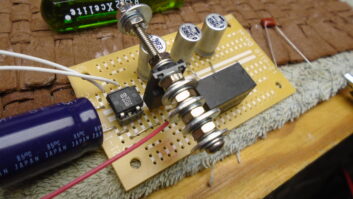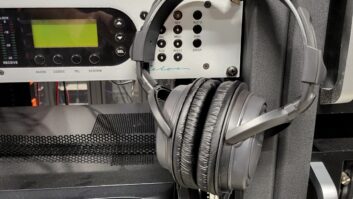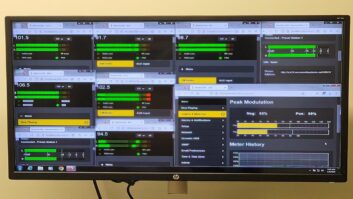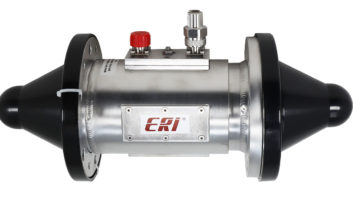DAA Modules, DIY Interfaces, and Directional Couplers
May 5, 2014 8:35 AM, By Doug Irwin, CPBE DRB AMD
In previous editions of Tech Tips I”ve mentioned the fact that we”re always looking for tech tips from engineers working in the field. This month we”ve got two excellent submissions.

No Dial Tone
First we”ll take a look at a great idea forwarded from Randy Orbaker from WHAM in Rochester, NY.
�We use Comrex Hotlines occasionally for sports or other remote broadcasts where nothing else works. On three separate occasions, three different units suddenly failed to connect when trying to place a call. Each time the display read �NO DIALTONE.� In each case, the POTS line was found to be working.
�The failure was traced to the DAA (data access arrangement) module, which acts as an interface between the POTS line and the rest of the Hotline circuitry. This part is a Xecom model XE1030. I have not found it at Newark, DigiKey or our other usual parts vendors, but was able to purchase replacements through Broadcasters General Store for about $40 each (the most recent price). It was a special order, taking typically 30 days for delivery.
�Replacing this module fixed this particular failure in every case.
�The module has a SIP plastic package with very small pins. Care is needed when de-soldering and soldering so as not to damage it.�
As Randy says, �You might find this repair tip useful, to avoid having to scrap an otherwise working unit.� Amen to that.

Chris Wygal”s DIY control interface (one of three)
DIY Control Interface
The second tip this month comes from our very own Chris Wygal. �The recent relocation of our network studios required typical equipment and accessories purchases. On some items, however, I chose to be crafty and thrifty. Instead of buying a control interface for on-air lights, I built one using two power supplies and three solid-state relays.
�Crydom makes a product that is perfect for this application. It”s a solid state control relay that needs as little as 3.5Vdc to pull down and a load relay that can handle 3 to 60Vdc. (An example of a Crydom part for this application would be an LVD75A40. You can learn more by looking at the Crydom website: crydom.com.)
�We use small unobtrusive Cornell L101 on air lights that have 24Vdc bulbs. When all three lamps are on, the combined amperage is considerably lower than the 3.33A load the power supply can handle. The diagram above shows how an incoming �tally light on� closure from all three studio consoles will create the logic control for the corresponding on-air lights. All three light systems share the control voltage power supply and the power supply for the on-air lamps. I used Cat-5 cable for the console closures and 18 AWG wire for the lamps. The entire project was less than $150.�
Directional Couplers
Let me add one more. At one of the stations I work at here in L.A., we recently decided we wanted to remotely monitor the power output from an amplifier connected to the output of our IFB transmitter on Mt. Wilson. (The unit didn”t have a native provision for that.) My colleague Jerry Burnham found a vendor that makes all kinds of directional couplers, and specifically one that was ideal for our application (100W range at 455MHz). That vendor is Connecticut Microwave (connecticutmicrowave.com/prod_directional_couplers_coaxial.php) and they offer up a wide range of power levels. The units don”t come with a meter, but each has a dc output (proportional to the power level flowing through it of course) that can be used to drive a remote control input.
Irwin is RF engineer/project manager for Clear Channel Los Angeles. Contact him at [email protected].
We Need Your Tips
Tech tips may be suitable to earn SBE recertification credits. Send your tips to [email protected].
May 2014
Update on AM radio, Beasley builds anew in Las Vegas, all-digital AM’s future, all-in-one portable PAs, tech tips and more….












